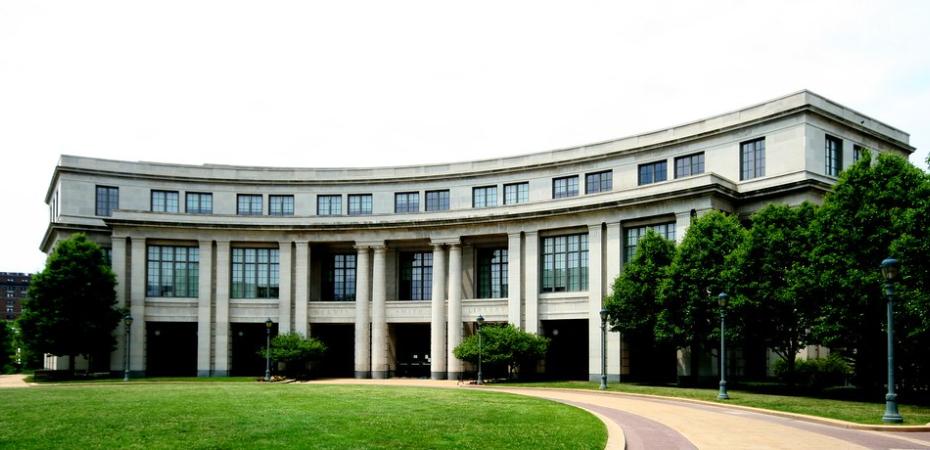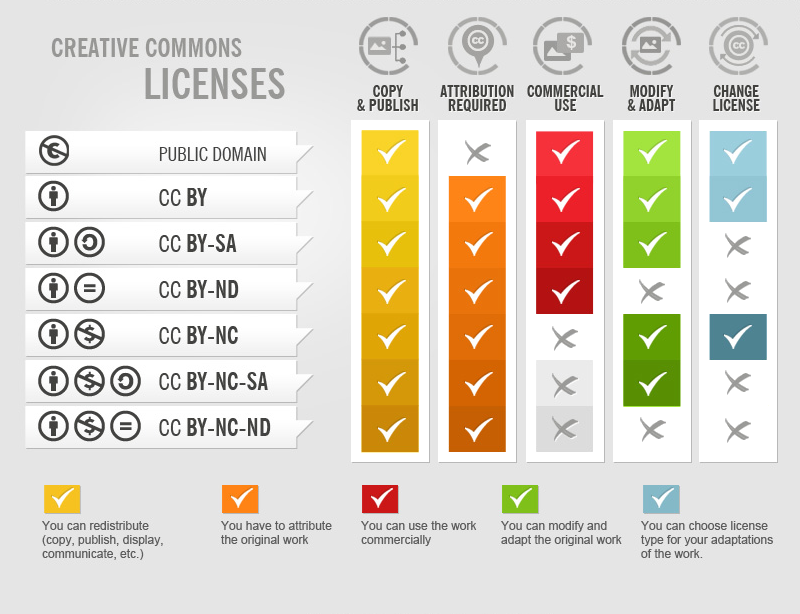
"Open Educational Resources are teaching, learning and research materials in any media – digital or otherwise – that reside in the public domain or have been released under an open license that permits no-cost access, use, adaptation and redistribution by others with no or limited restrictions." - UNESCO
What Makes Something an OER?
Is it "free" or is it an OER? These are not synonymous! The copyright license on an OER will allow for the 5 Rs:
- Retain: make, own, and control copies of the content
- Reuse: use the content in a wide range of ways
- Revise: adapt, adjust, modify, or alter the content itself
- Remix: combine original or revised content with other material to create something new
- Redistribute: share copies of the original content, revisions, or remixes with others
Ways to Engage with OER
- Adopt: Using existing OER materials without modification
- Adapt: Taking existing OER and making changes / remixing; choosing a Creative Commons license and sharing your adaptation
- Create: Writing / creating a new OER; choosing a Creative Commons license and sharing your OER
Benefits to Using OER
Savings for Students
- Students at private, non-profit, 4-year institutions spend, on average, $1,290 annually on books and supplies (College Board's "Trends in College Pricing and Student Aid 2024" report)
- Cost of textbooks can be a barrier for students, deter enrollment, and increase Drops / Withdrawals (Open Education Group's Review Project)
- Research shows when multiple factors are considered, adopting OER saves students $116.94 per course. (SPARC* "A New Method for Estimating OER Savings")
Academic Freedom and Pedagogy
- More independence in choosing learning materials
- OER-enabled pedagogy can provide a more tailored experience (adapt or create materials that reflect local contexts, demographics, research projects, etc.)
- Opportunities to co-create materials with students
- Address the lack of diversity or equity in some traditional textbooks and learning materials
- Helps ensure students have access to course materials on Day 1


